How’s your amygdala [pronounced amigdala] these days? Also known as the “reptilian brain”, the amygdala is a collection of cells near the base of your skull that process memory, decision-making, and emotional responses such as fear and anxiety. And amygdalas are overdosing these days, thanks to the barrage of information from social media and the unrelenting 24/7 news cycle.
The reptilian brain is supposed to be held in check by the more advanced brain system, the cerebral cortex, where reason, planning, and thinking take place. But our cortexes are overwhelmed these days as a result of the pandemic, conspiracy theories, doomsday projections, COVID19 statistics, mass shootings, socialist hordes at the gate, fascist hordes at the gate, saber-rattling by Vlad, or scary headlines about a new variant or deadly pathogen named the Nipah Virus, to name just a few maladies. And all these are amplified, for profit, by the media.
To be fair, there has always been lots to worry about which is why we have amygdalas — to alert us to dangers or to predators ready to pounce on us in the savannahs of Africa or in the jungles and forests. So we’re still hard-wired to be vigilant, which is a key to our survival, and it’s why TV and newspapers and pundits and corporations exploit fear to get our attention and sell stuff.
All this has led to an ever-expanding Industry of Fear. Gun sales in the United States are off the charts this year. But I was shocked to see, for the first time, this real estate advertisement: “Award-winning Malibu Estate with a Panic Room Listed for $27.5 million”. That was a first to me. A panic room was featured as a headline-worthy selling point, more significant than the property’s 9,793 square feet of living space, acreage, resort-style amenities, or its eco-friendly features such as solar power, a desalination water system, or electric vehicle plug-ins. What’s with a “panic room”?
Panic rooms are today’s version of the 1950s backyard “bomb shelters”. But they are not about protection against nuclear attacks but against burglars, tornados, or terrorist attacks. The rooms are impenetrable and laden with communications links, allowing homeowners to call 911, sit around while intruders sack their place, and watch Fox TV safely until the fuzz arrives.
Fearmongering for profit today goes much further than ever before. Now there are “doomsday” or “survivor” real estate developments designed to protect against a nuclear holocaust, pandemic dark winter, or environmental catastrophe. “I never liked the idea of backyard bunkers,” said Robert Vicino, CEO of The Vivos Group which has built the largest survivor community in America. In a 2020 interview with Forbes, he said: “Backyard bunkers are not secure enough to defend against the marauders that will find you after the event.”
Since 2007, he has been buying up mothballed military bases and converting them into comfortable survival quarters for families, individuals, or groups. His “Vivos X Point” is the largest survival community on Earth and is in the Black Hills of South Dakota, where bombs and munitions were stored from 1942 to 1967. He hopes to convert 575 concrete bunkers into accommodation for more than 5,000 survivalists to “ride out `the event’ and the aftermath to follow,” reads its website.
Bunkers can accommodate families of four to 20 persons, and Shared Bunkers can house 16 individuals who will be chosen on the basis of compatibility and on skills that will be useful to the group. Appropriate individuals can buy a place in one of these for $15,000 (families of four can buy for $35,000) plus pay an ongoing share of the cost of renting the ground and common area fees. For marketing purposes, he also provides a map of America’s most hazardous zones and disaster targets, guaranteed to raise stress levels and kick your amygdala into overdrive. I imagine business is brisk.
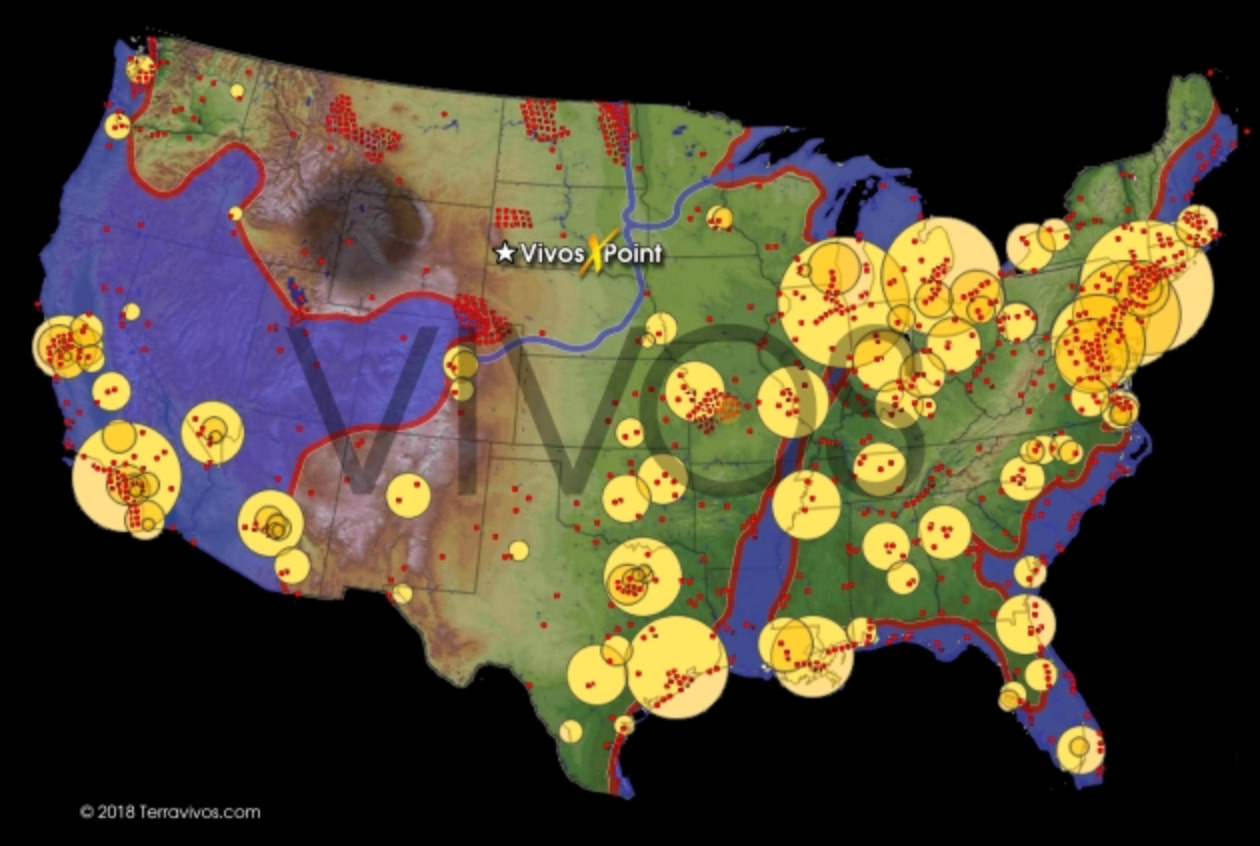
Apparently, people who buy these are no longer called “survivalists” but called “preppers” nowadays, said Vicino. “The Prepper’s religion is to have their gun, their ammo, and camou[flage], a bag of rice and a bag of beans, and hang out in the woods. I want people to be part of a group of people with diversified skills that can help each other…to have a place to go to when it gets ugly.”
People don’t become owners, but “members”, and its website screens visitors. I tried to sign up, with a request for an interview, but without luck. The idea is to provide well-off people with “another form of insurance” he explained. Units will have a gym, pet kennel, one years’ food, chemical filtration, an indoor vegetable garden, medical facilities, water filtration, and an electrical system with four back-ups.
He says he has projects in South Korea and in Germany, where he plans to convert a surplus Cold War Soviet underground complex of 250,000 square feet built into a mountain near Rothenstein Germany into a luxury shelter for 1,000 persons. This scheme is designed to ride out an apocalypse for years. Features include a gene bank for reconstituting plants and animals after a possible “extinction” event.
Another American entrepreneur, Larry Hall, has gone one step further and was interviewed by Bradley Garrett, who calls himself a “cultural geographer”. The author has traveled around the world and has documented doomsday developments from the U.S. Midwest to eco-fortresses in Thailand, underground geo-scrapers to mobile bunkers, in his book Bunker: Building for the End Times.
The BBC published excerpts from Garrett’s interview with Hall. In 2008, Hall bought a secret government installation in Kansas – an Atlas F missile silo, built in the early 1960s at a cost of about $15m, which was one of 72 blast-proof silo structures built to protect nuclear-tipped Intercontinental Ballistic Missiles (IBMs) that were 100 times more powerful than the atom bombs dropped on Japan. He calls his development the Survival Condo and is converting the first one into a 15-story “geo-scraper” designed for a community of up to 75 people to weather a maximum of five years inside a sealed, self-sufficient luxury habitat.
His scheme is higher-end than Vivos S Point. A "penthouse" in the condo would set you back $4.5 million, according to the website, while a half-floor unit comes in at around $1.5 million. Hall said he has sold every space in the first silo and is now building out a second one, 20 minutes away. These structures are not built to withstand medium-scale catastrophes or dangers spilling out from “anarchy zones”. Its website claims the silo's nuclear, biological, and chemical air filters can "screen out" the Covid-19 virus and can remain totally off-grid for years.
But like any other business, the “fear” road to riches is not always paved with gold. There have been mishaps along the way. A facility in a former limestone mine was under construction when it was declared unsafe due to the danger of geological shifts. Another promising innovation was the creation in 2008 of The Seasteading Institute, financed by Silicon Valley giant and libertarian Peter Thiel.
The idea was to create floating cities, called seasteads, that would operate beyond the 200-nautical mile exclusive economic zone of any nation in order to provide safety and security plus freedom from taxation and governments. Several iterations flopped, Thiel pulled out, and the concept sank. However, a few “seasteaders” persist, claiming that they will eventually overcome ocean engineering challenges.
Lastly — because you have read this far and all these wild schemes intrigue you as much as they intrigue me — you obviously have an over-active amygdala. But here’s a word of caution: Buying a house outfitted with a panic room or investing in a Badlands bunker, underground condo, or man-made island may relieve some anxieties but not all of them.
Frankly, there are better antidotes that are simpler and cheaper: Identify what’s triggering your anxiety and stress, live in the present and not the future, and focus on your breathing. And if that doesn’t work, you might consider turning off your cell phone and ducking the news or, as Thiel and other Silicon Valley doomsters have done, buy a piece of land in remote New Zealand and move there.
My newsletters will arrive in your inbox Monday and Thursday mornings





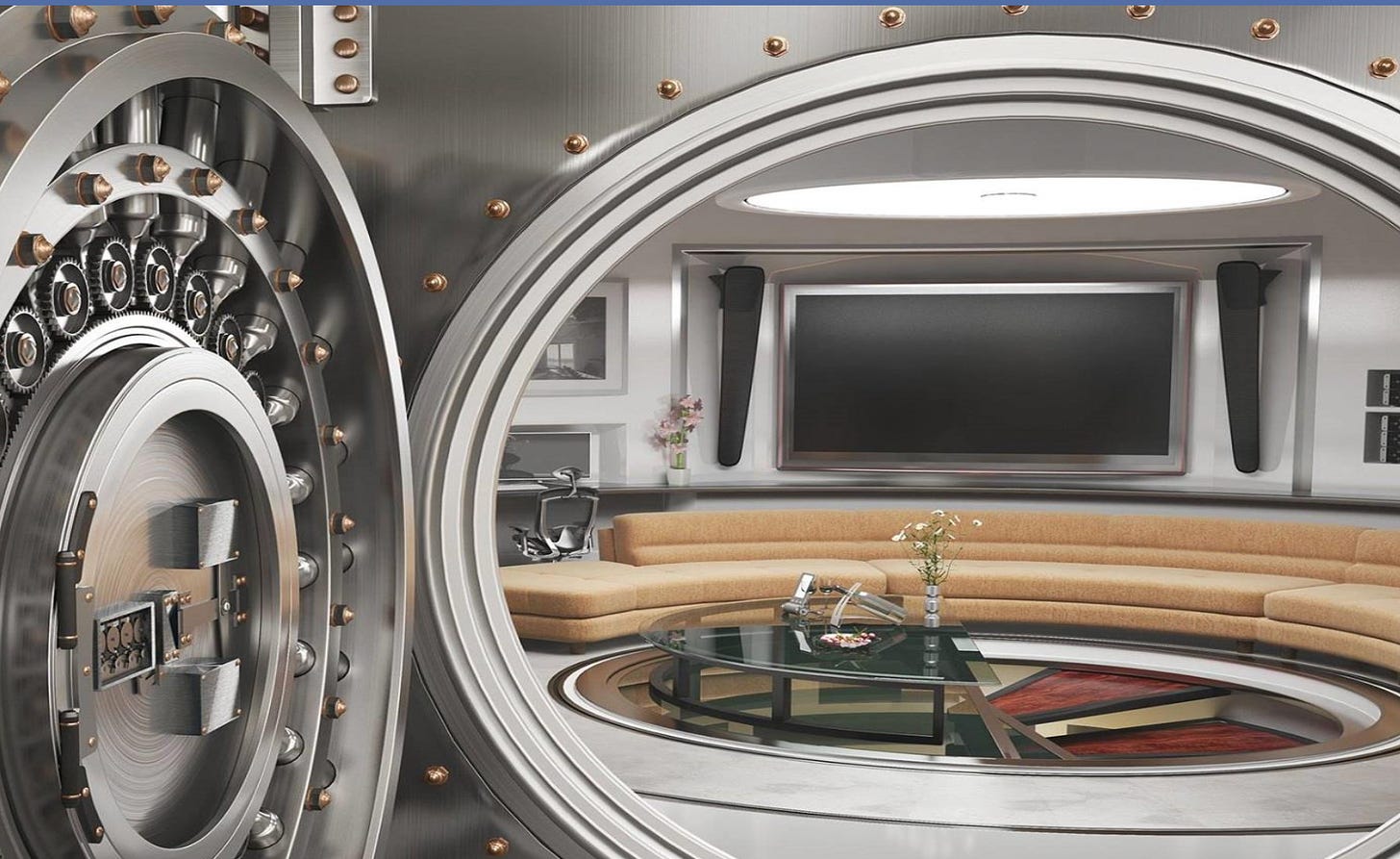
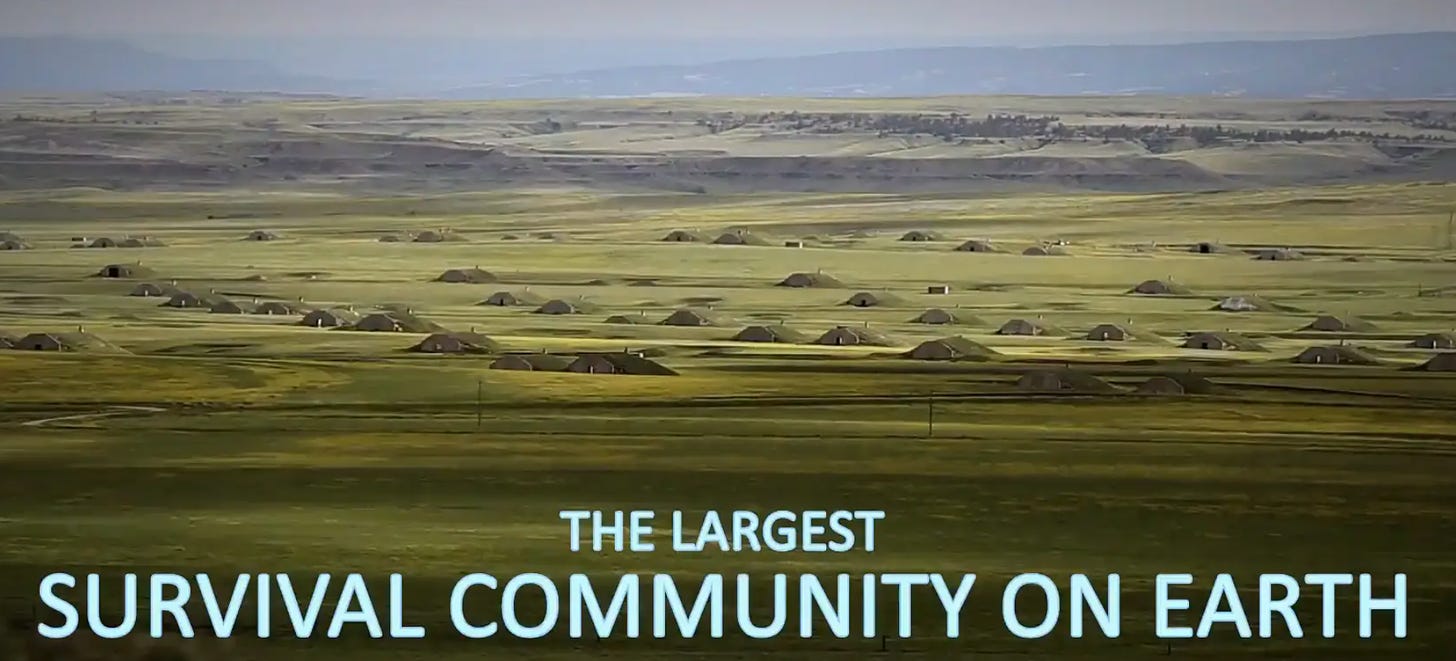
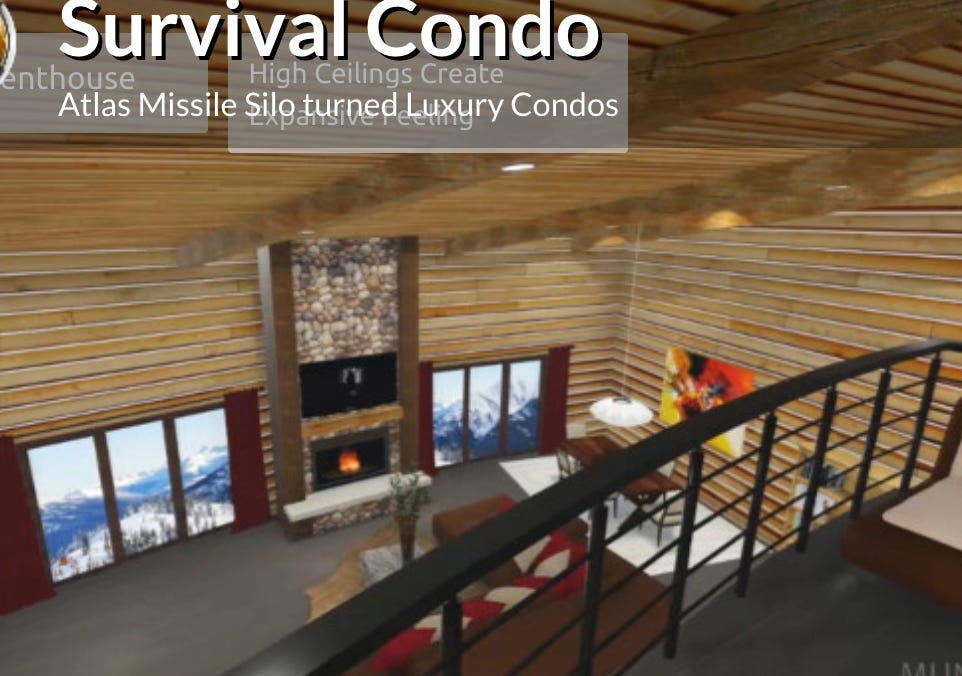
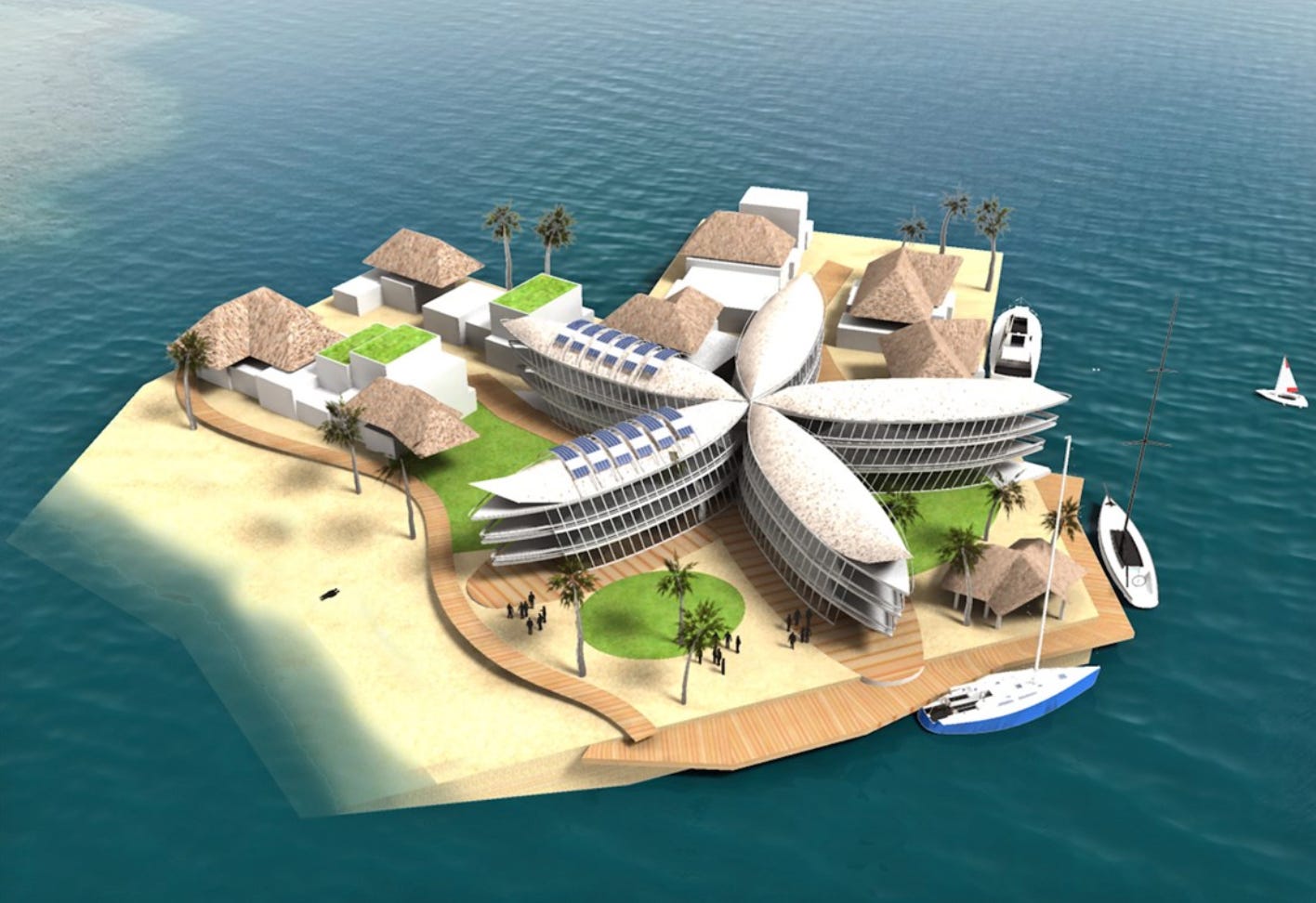
It begs the question ?. Where is your plot of land in New Zealand? does it have ocean views?